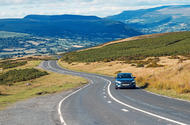We took a Focus on a 200-mile drive to test its ISA system
Why do we need it, how does it work and what’s it like to use? We look at the tech that can automatically curb your car’s speed to the prevailing limit
On 16 April this year, the European Parliament gave the green light to the fitment of intelligent speed assistance (ISA) systems in new cars sold from 2022. The decision came three weeks after the parliament provisionally approved the systems and other safety features.
It was the prospect of ISA that made the headlines in the days following the parliament’s provisional approval at the end of March, though. Note that those headlines were about ‘speed limiting’ and not ‘intelligent speed assistance’, as the parliament terms it. As members of the media ourselves, we at Autocar know that compressing a news story into a headline that attracts maximum attention is the name of the game.
Speed limiters, driver monitors to become mandatory in EU
So, accordingly, in the press, the vital words ‘intelligent’ and ‘assistance’ that slow things up and pose more questions than they answer were junked and, almost to a hack, the headline was: ‘All new cars to have speed limiters by 2022’. Pot stirred, job done.
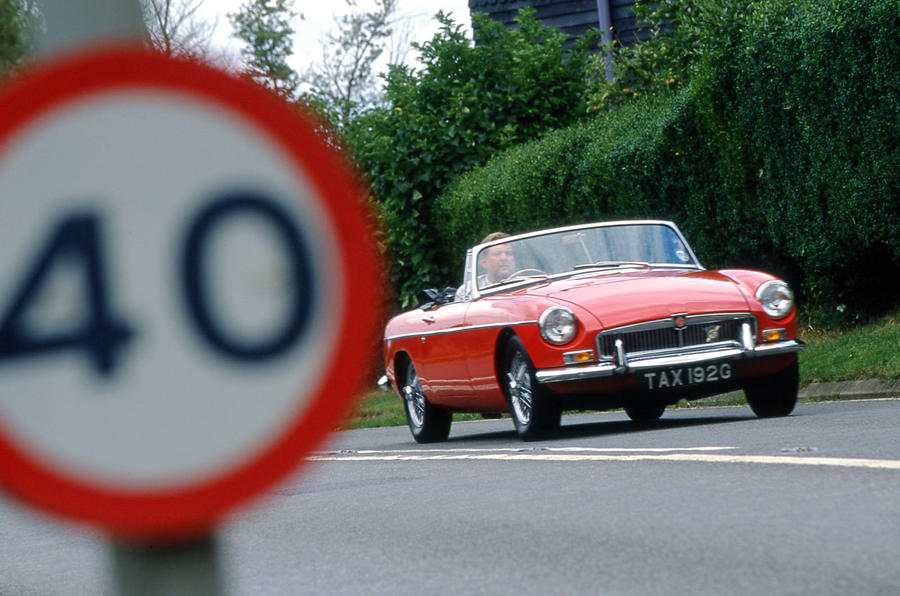
The conspiracy theorists and self-styled libertarians – among them, we must confess, readers of this very magazine – leapt on the proposals. One correspondent went so far as to predict that ‘speed restrictors’ would make performance and good handling irrelevant.
So what’s the truth? What is an intelligent speed assistance system, what’s it like to drive a car with one and will it still be possible to get your kicks on the A66?
Why do drivers need an intelligent speed assistance system?
According to the European Transport Safety Council (ETSC), which advised the European Parliament on ISA systems, speeding is a major problem in many European countries, with a large proportion of the 500 deaths each week on EU roads caused by drivers going too fast. Research in Sweden and the Netherlands has shown that when using an ISA system, motorists drive more slowly, even when it can be switched off.

“The EU has a once-in-a-generation opportunity to make a massive difference,” says Graziella Jost, projects director of the ETSC. “Fitting intelligent speed assistance on every new vehicle as standard could eventually prevent a fifth of road deaths.”
How does an intelligent speed assistance system work?
The system that will become mandatory on new cars in 2022 uses a forward-facing camera mounted on the car and the vehicle’s satellite navigation system to identify the speed limit and, if the car is exceeding it, to restrict the fuel flowing to the engine until the vehicle is at the limit speed.
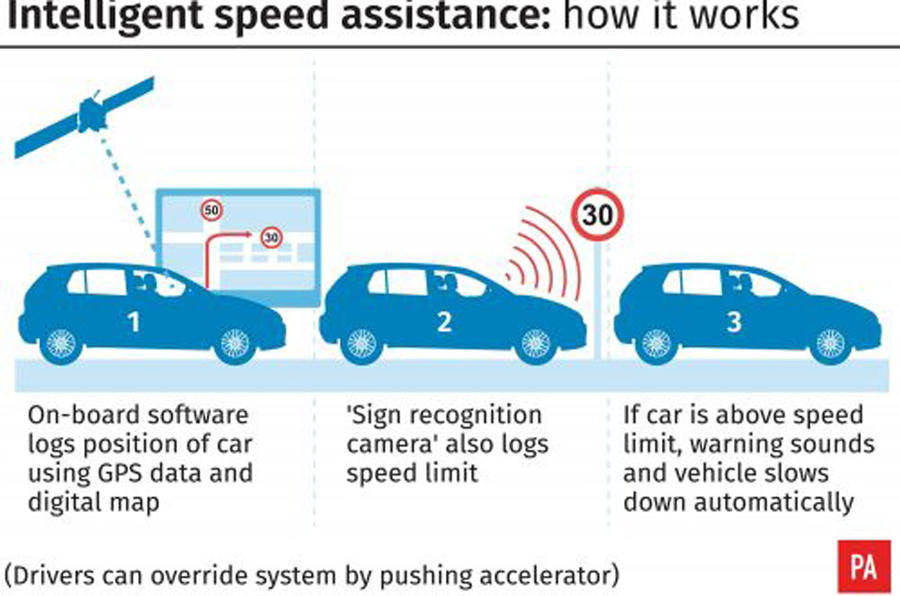
At no point does it operate the brakes, so the reduction in the car’s speed is gentle and progressive. As the ISA comes into play, the accelerator pedal becomes unresponsive. The ISA system approved by the EU will be overridable, which means the driver can ignore it by firmly pressing the accelerator. If the driver continues to drive above the speed limit, the system will sound and display a warning for several seconds.
The system is likely to be ‘default on’ – meaning it’s active every time the car is started – but can cancelled by the driver at any time. The ETSC recommended this feature be included during the first few years to make ISA systems more acceptable to motorists. Of course, this means the system could one day be permanently active.
How accurate is an ISA system?
In tests, ADAC, a German drivers organisation, found that the ISA system on the Ford S-Max, launched in 2015, was accurate for around 90% of the time. In 2018, Mobileye, a supplier of traffic sign recognition and ISA systems, told a European Parliament workshop that the best systems have an accuracy rate of 95% in most EU countries. It said that any remaining issues could be overcome before ISA becomes mandatory.
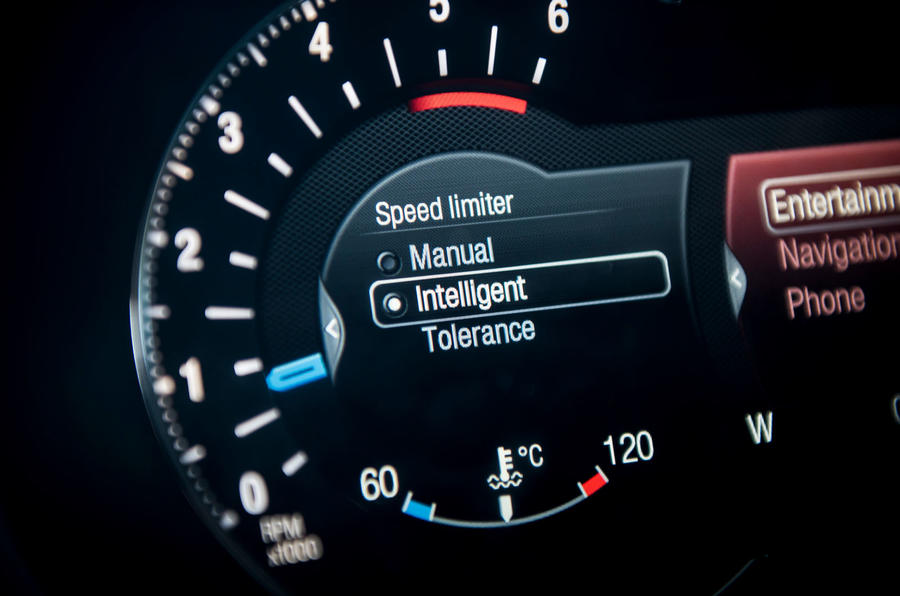
What’s an ISA system like to use?
Ford launched an ISA system as an option on the Galaxy and S-Max four years ago and says that 95% of buyers requested it. The new Focus is the first model to have it fitted as standard. Autocar tested one over 200 miles of mixed roads.
To activate the system, you press the LIM button on the steering wheel. The speed limit is displayed in the instrument binnacle and on the sat-nav screen. You can cancel the system at any time.
As you attempt to exceed the limit, you feel the engine’s power tail off. Push the pedal a little harder (you don’t have to ‘kick’ it) and the limiter is cancelled and full power restored. This is the override function the European Parliament has allowed for, at least in the system’s early years.
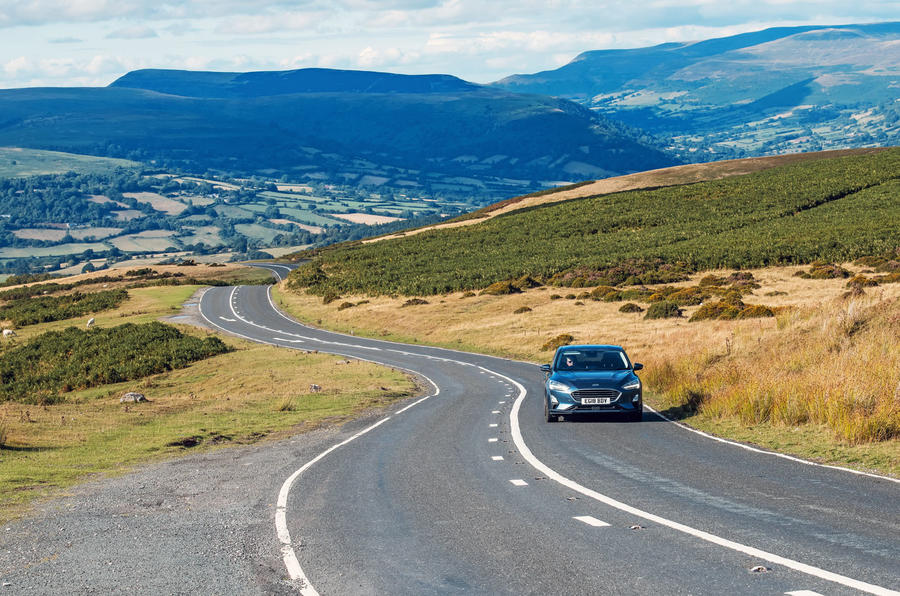
By toggling a couple of buttons alongside the main LIM button, Ford’s system allows you to raise or lower the car’s limit speed. It seems perverse until the moment you’ve a queue of cars on your tail willing you not to be such a stickler for the limit. When the system is mandatory, the pressure to speed up should lessen.
We found the ISA system especially useful in built-up areas where hard-to-spot 20mph and 30mph zones alternate. Another place it earns its keep is the change in zones from 40mph to 30mph. It’s also handy in average speed zones, where it can be difficult to spot when they’ve ended.
Away from towns and on rural roads, it’s helpful in obeying the transition from the national speed limit to 30mph; also, when leaving a village and you’ve missed the fact that the 30mph limit is still in force.
On occasions during our test, the system was slow to respond and even, we suspect, confused by limits operating on nearby roads. Only once did it go into meltdown, though, when, through a quiet Hampshire village, it displayed and set the limit at 60mph.
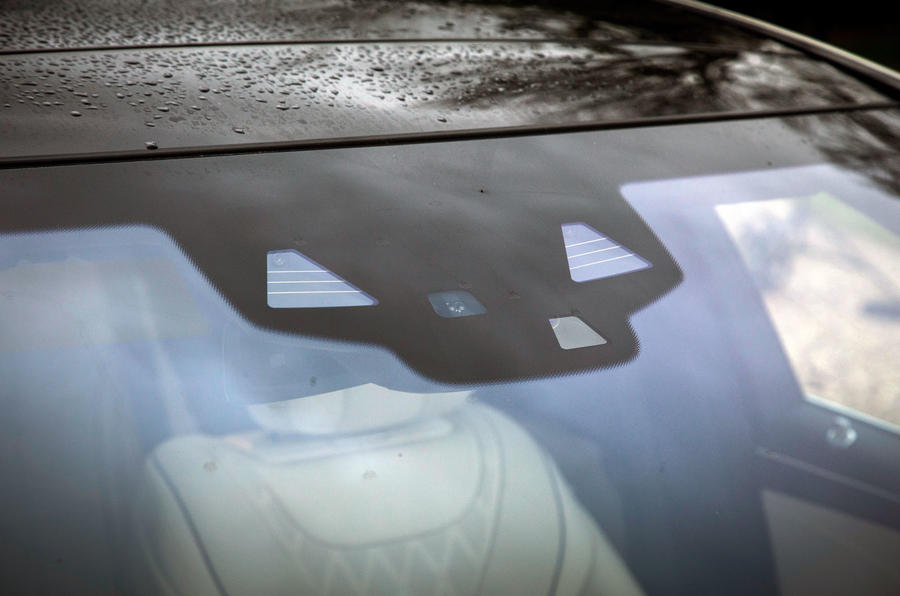
Are motorists right to fear ISA systems?
That the system may one day be non-cancellable is bound to fuel theories that the technology’s true purpose is to make us all drive at 30mph until we abandon our cars.
Less dramatically, the European Commission claims that research shows drivers’ levels of attention fall when an ISA system is not active, with the result that they forget to slow down when entering a lower-speed zone and to accelerate when entering a higher-speed one.
At the same time, it’s honest about the challenges facing ISA systems in general. For example, it admits that research shows that when using an ISA, drivers can become overconfident and ignore real-time road conditions, or compensate for ISA by driving faster on roads where it is not active. A car’s ISA system can cause its driver and other road uses to become frustrated, too.
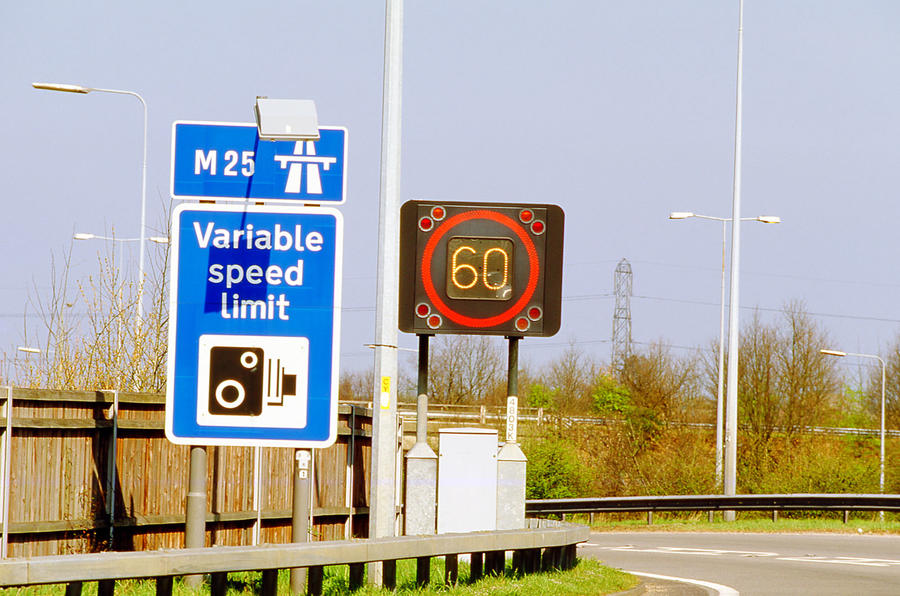
It also cites research that found only 25% of drivers thought a speed limiting device ‘very useful’. However, the same research found that after their experience of the device, drivers became more accepting of it.
Our acceptance of it certainly grew with experience. An ISA system is especially helpful around town, where it allows drivers to devote more attention to what’s happening ahead and around them. Once acquired, the habit of using it is hard to break since it’s comforting knowing it’s there, saving your licence as well as, God forbid, a life.
However, we hope that if the EU intends to make the system non-cancellable, it will first review levels of voluntary compliance, as well as the system’s contribution to accident reduction.
Life after ISA systems, as predicted by the Autocar testers
Richard Lane: “If driving enjoyment stems from the questions you ask of a car and the questions it then asks of you, there needs to be plenty to talk about. In so many modern performance cars, you’re flirting with the speed limit before the conversation really gets going, and in the properly good stuff, you risk a custodial sentence merely to get on first-name terms. It’s why, in an ISA future, I’d be tempted to buy a better-than-average modern classic. Something like an RS Mégane 275 or a 997-generation Porsche 911 Carrera. Or buy an Alpine A110 and keep it forever.”
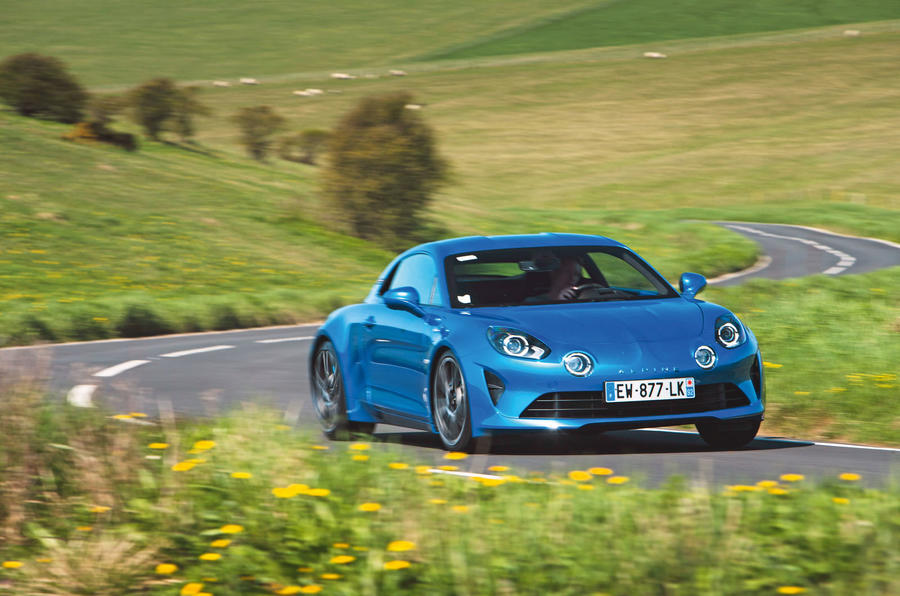
Matt Prior: “In future, we’re going to have to find fun in going slow. There’s nothing wrong with that. We should be doing it now, frankly. So I’m going to keep my motoring kicks by thinking old and weird and sometimes two-wheeled. I’ll own several motorcycles and several old cars, all with low limits. I even have a vague plan of building special cars and bikes myself. Today’s dream is making an air-cooled 2.0-litre V12 with about 75hp out of old Honda GX160 lawnmower/ kart engines. I think I’ll slowly become a beardy old bloke in a shed and I’m fine with that.”
Andrew Frankel: “How will I enjoy my recreational driving when ISA systems come into force? Same way I do right now: in slow old sheds that would only break the national speed limit if you pushed them off a cliff. As just the most recent example, over Easter, a mate and I armed with nothing more than a brace of 1950s Citroën 2CVs managed to have one of the most entertaining drives we can remember. And he, like me, is lucky enough to have driven almost everything. Unlike modern cars, you can push an old shed to the limit at completely legal speeds, opening up a world of enjoyment derived from the simple art of car control denied to all users of modern sporting equipment. You learn to carry speed, maximising every mote of available performance. It’s not just more fun than driving moderns, either. It’s also more fun for longer, because, with fewer than 20bhp at your disposal, every journey takes you more time to complete.”
100bhp heroes: how to have fun with less power
Matt Saunders: “Having spoken to people who know more about ISA than the average Joe, I’m sure car enthusiasts’ fears are unfounded. The technology will need a good mobile data connection and clear, regular speed limit signage in order to work reliably in an ‘always on’ state. While it might affect my daily commute, I can’t see how it’ll make much impact on those remote, sparsely signed roads where the best drives are to be found. So my tip for enjoying your motoring life after ISA is simply to seek out the road less travelled.”
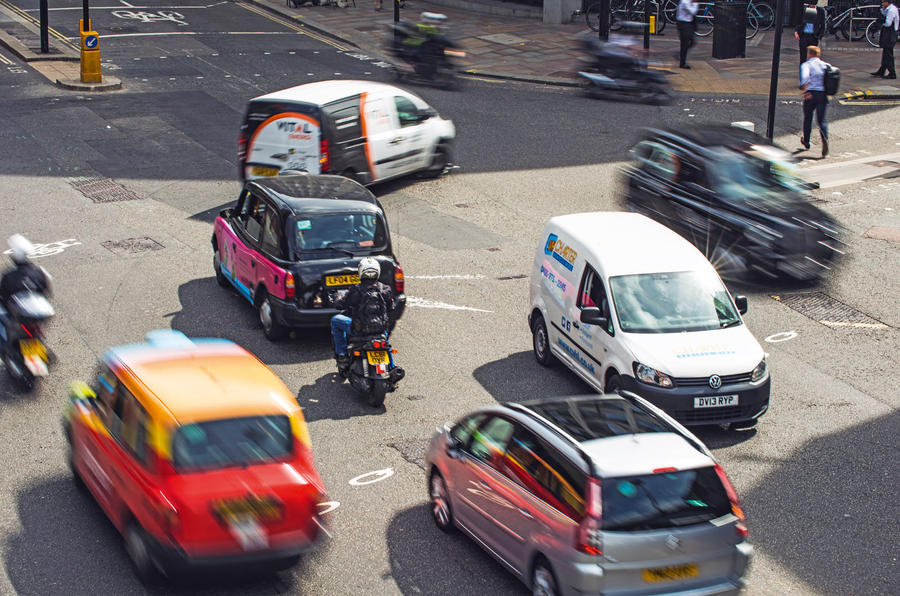
Colin Goodwin: “For me, high-speed motoring died years ago, even on the Continent. Large fines, the prospect of a confiscated car and, worse of all, prison have all slowed me down. So I will find it easy to live with ISA. I shall build an Austin Seven special in which I will scare myself silly without getting near the national speed limit. I will fly my aeroplane at 200mph, 50ft above the sea. And I will ride motorcycles, the most beautiful of all the powered hobbies. I’ve got it all worked out.”
Steve Cropley: “Looking at the brave new speed-limited world that’s coming, I reckon I might be one of the lucky ones. People like me derive at least as much enjoyment from the quality of a car’s progress as from the rate of it. I nearly always obey speed limits and drive quite slowly, although occasionally I put on a bit of a sprint when the mood takes me, when I judge it’s safe and no one’s looking. I’ll probably keep right on doing things just the same way.”
Can you drive with an ISA system and still have fun?
We asked Shaun Cronin, an instructor and regional manager with IAM Road Smart, and a former police driver with 20 years’ experience, to try a Ford Focus fitted with ISA. Could he still have fun behind the wheel?
“So here I am, behind a car on a country road with a 60mph speed limit. I’m holding back and pulling out for a better view, instead of sitting too close and boxing myself in. The road’s clear and I’m away.
“For me, exhilaration comes from cornering so we crack on through a series of tight S-bends, slower than the speed limit but fast enough. [It was very fast – JE.]
“Now we’re following a road with gentle corners, dips and crests, doing 50mph in a 60mph zone. It’s fast enough and still fun. If people want the thrill of speed, get out a road map and find some good corners.
“All the time, I’m keeping my eyes peeled for turnings, side roads and clues as to what’s around the corner. Where it’s safe, I open up the road, using every inch of space to put me in the right position.
“The limiter has been inconsistent in places, on one occasion registering 60mph and then 30mph but missing the intervening 40mph limit, and on another anticipating a 30mph limit well in advance, but not once did it stop me enjoying myself. Like ABS or ESP, it’s just another safety aid working in the background.”
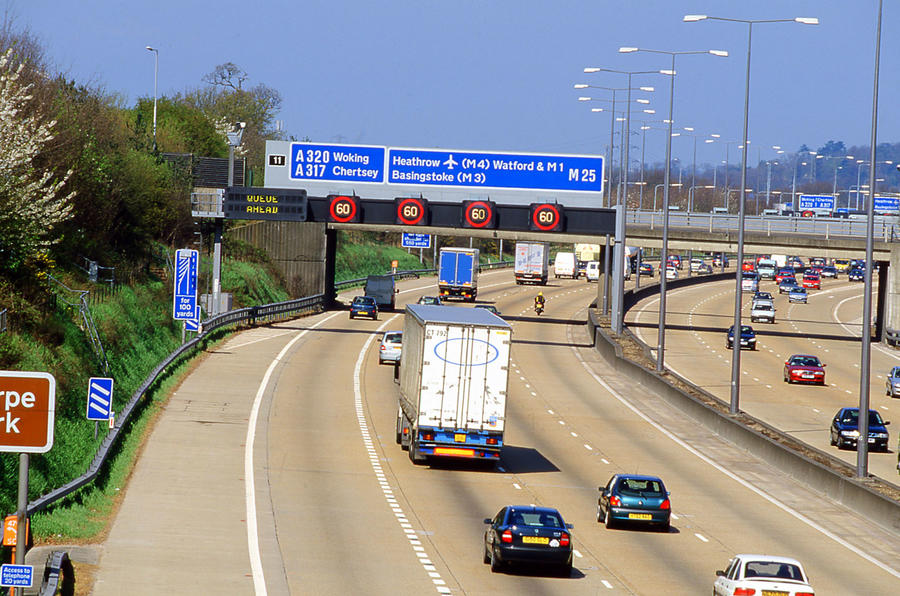
Cars fitted with ISA systems now
It’s early days but the number of cars with ISA systems fitted as standard or available as an option is growing. Here are some:
• Fiat: 500X
• Honda: Jazz
• Jeep: Renegade
• Land Rover: Range Rover Evoque, Range Rover
• Mercedes: S-Class
Read more
Speed limiters, driver monitors to become mandatory in EU
Matt Prior: right to survive beats right to drive
Speed limiters may create more dangers than they prevent
Source: Autocar
